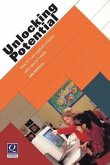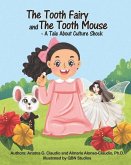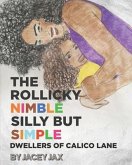Unlocking the Secrets of Conversational Cuban Spanish: An In-Depth Resource for Aspiring Linguists and Travelers Cuban Spanish is a vibrant and dynamic dialect that reflects the rich culture and history of the island. As someone who has spent time in Cuba, I can tell you that learning this variation of Spanish can be both an exciting and challenging experience. It's not just about the words; it's about the rhythm, the expressions, and the way people connect through language. One of the first things I noticed when I arrived in Havana was the unique pronunciation. Cubans often drop the 's' at the end of words, which can make it tricky for newcomers to catch what's being said. For instance, instead of "estás" (you are), you might hear "etá." This can be confusing at first, but it adds a certain musicality to the language that I found charming. In addition to pronunciation, Cuban Spanish is filled with local slang that can leave even seasoned Spanish speakers scratching their heads. During my stay, I learned that "asere" is a common term for "friend," and it's used in a way that feels warm and inviting. I remember sitting in a bustling café, where the locals were animatedly chatting, and I felt a sense of belonging when I was able to join in using this term. It's moments like those that make learning a language so rewarding. Another aspect that sets Cuban Spanish apart is the use of idiomatic expressions. Phrases like "dar un palo" (to hit a stick) means to achieve something unexpectedly, and I found myself using it after a particularly successful day of exploring. These expressions not only enrich the language but also provide insights into the Cuban way of life. They often reflect the island's history, humor, and resilience. For anyone looking to dive into Cuban Spanish, I recommend utilizing a variety of resources. Language apps like Duolingo and Babbel are great for building a foundational vocabulary, but don't stop there! Watching Cuban films or listening to music can immerse you in the culture. I found that listening to Buena Vista Social Club not only improved my listening skills but also deepened my appreciation for the nuances of the language. Collaborating with native speakers is another invaluable way to learn. I was fortunate enough to meet several locals who were eager to share their language and culture with me. This exchange was not only educational but also incredibly enriching on a personal level. The friendships I formed during this time were some of the most meaningful experiences of my travels. Lastly, don't be afraid to make mistakes. I remember feeling embarrassed when I mispronounced a word or used the wrong expression, but those moments often led to laughter and learning. Embracing the imperfections of the learning process is part of what makes it so enjoyable. In conclusion, unlocking the secrets of conversational Cuban Spanish requires patience, practice, and a willingness to engage with the culture. Whether you're an aspiring linguist or a traveler eager to connect with the locals, embracing the quirks of this dialect will undoubtedly enhance your experience. So grab a phrasebook, put on some music, and get ready to immerse yourself in the beautiful world of Cuban Spanish. You won't regret it!
Hinweis: Dieser Artikel kann nur an eine deutsche Lieferadresse ausgeliefert werden.
Hinweis: Dieser Artikel kann nur an eine deutsche Lieferadresse ausgeliefert werden.








